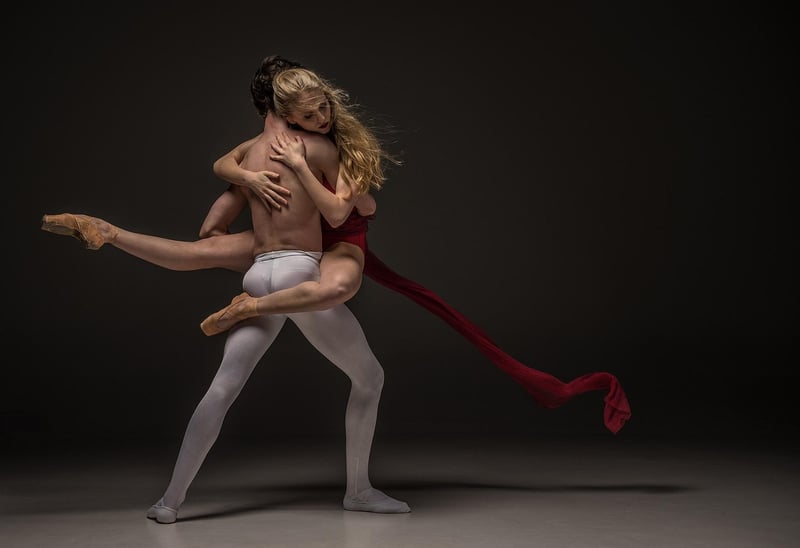Hip Hop
The Power of Expressive Movement in Hip Hop

Hip Hop, with its roots in the streets of New York City, is not just a genre of music but a culture that encompasses various elements, including dance. One of the most captivating aspects of Hip Hop dance is its emphasis on expressive movement.
Freedom of Expression
Hip Hop dance provides a platform for individuals to express themselves freely through movement. From fluid motions to sharp isolations, dancers convey their emotions, stories, and struggles through every step, pop, and lock.
Connection to Music
Expressive movement in Hip Hop is deeply connected to the music. Dancers interpret the beat, lyrics, and rhythm, translating them into physical expressions that create a dynamic and visually compelling performance.
Cultural Influence
The roots of Hip Hop dance lie in African and Afro-Caribbean movement styles, which emphasize storytelling through body language. This influence is evident in the way dancers use gestures, facial expressions, and body language to communicate with the audience.
Embracing Individuality
Unlike traditional dance forms that focus on uniformity and precision, Hip Hop celebrates individuality and personal style. Dancers are encouraged to bring their unique flavor to the movement, resulting in a diverse and vibrant dance community.
Impact on Society
Expressive movement in Hip Hop has transcended dance floors and stages to become a powerful tool for social change. Through movements like krumping and voguing, dancers address issues such as inequality, identity, and empowerment, sparking important conversations and challenging societal norms.
Whether it's through freestyle battles, choreographed routines, or dance cyphers, the power of expressive movement in Hip Hop continues to inspire and unite people from all walks of life.
